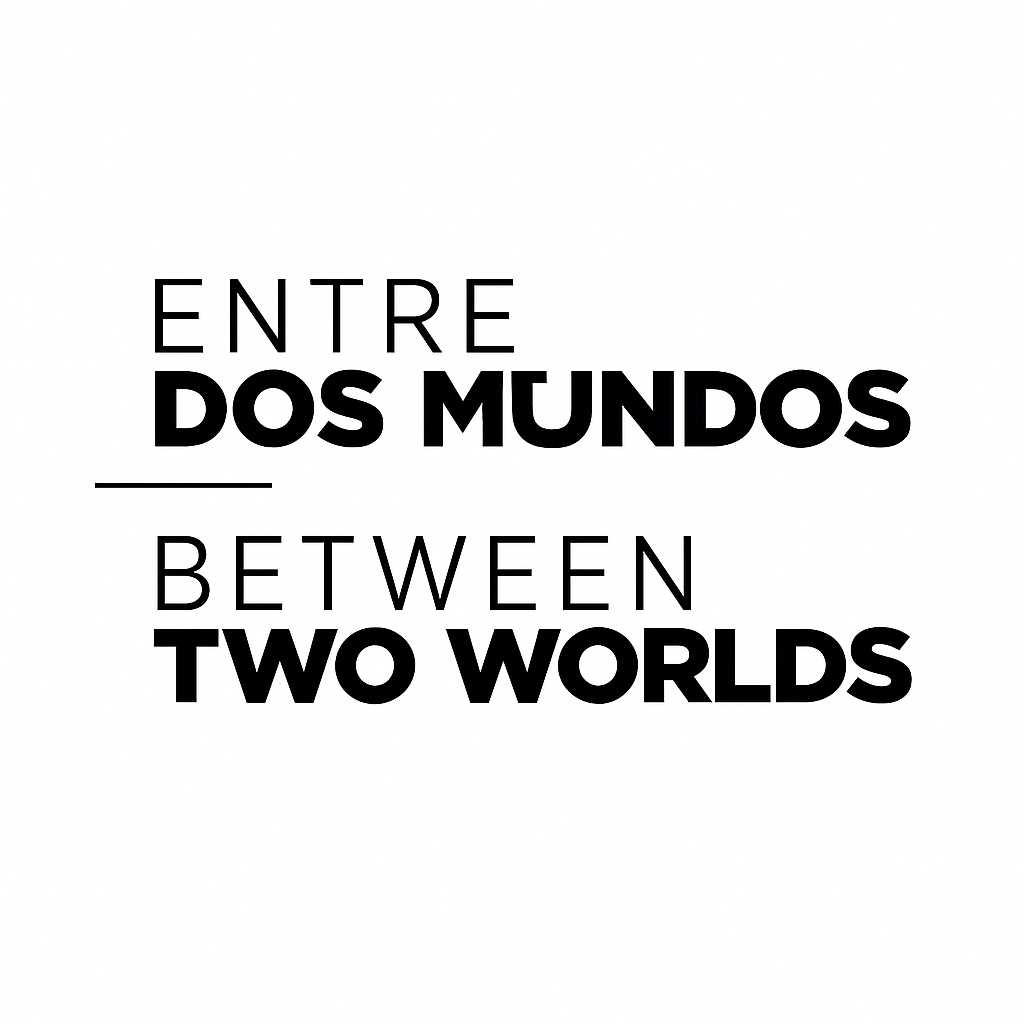Between two worlds: biculturalism on the border
Culture is a complex concept; it encompasses beliefs, values, traditions, art, music, language, and behaviors shared by a group of people. It is a dynamic force that shapes a society's identity and its way of interacting with the world. However, in places like Ciudad Juárez and El Paso, culture takes on a unique dimension due to their border status, and the constant interaction between nations generates biculturalism.
#IA #Tech #Industry
There are different ways to talk about Juárez’s biculturalism. This time, we will focus on food and festivities, understanding that culture has much deeper roots than those mentioned in this article. Food is a central element in border culture, where the spicy flavors of Mexican cuisine meet the comforting dishes of American cuisine. Carne asada tacos blend with hamburgers, creating a culinary fusion that reflects the diversity and creativity of the region.
On the one hand, we encounter the fast-food culture. We are cities with multiple takeout businesses. That’s the pace of the border: there’s no time to wait for a home-cooked meal, not always time to enjoy the food. Then, we have to go to work those exhausting, multi-hour shifts at the maquila or the business that hired us, and so on constantly. Every day. However, there’s the downside: on those days off or in our free time, there are those restaurants or fondas that delight us with their delicacies. With their incredible seasoning, they remind us of better times. And no, we’re not talking about gourmet restaurants, but rather those restaurants located on the avenues that serve homemade Mexican food as it should be.
We can also mention the holidays; the Fourth of July in the case of the United States, and celebrations like September 16th and November 20th in the case of Mexico. Both celebrate these days, crossing the border to enjoy good food, sparklers, and fireworks together, which those who don’t cross can see in the sky. During the revolutionary celebrations, the traditional clothing of adelitas, charros, and mariachis is a must. There are holidays that complement each other, such as Halloween and the Day of the Dead; both are native to their respective countries, but shared by both. Mexicans go to costume parties or trick-or-treat in local restaurants and houses for their friends or relatives, while Americans remember their deceased and eat a dish in their honor for relatives who emigrated or who live on this side of the river. Any cultural manifestation leads us to conclude that the border acts as a space where identities intertwine and transform.

Humberto caldera
humberto@distopia.com.mx




